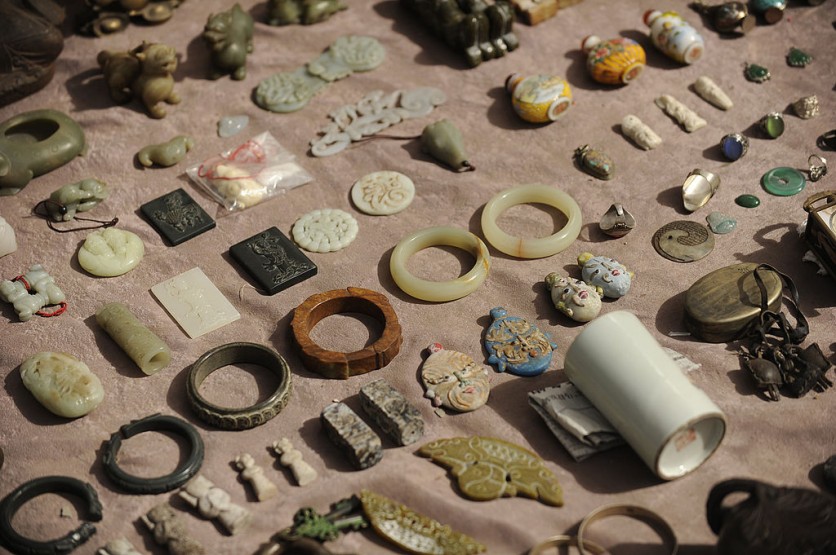A group of archaeologists uncovered a trove of engraved gems that are around 2,000 years old near Hadrian's wall in Carlisle, England, according to a report by Heritage Daily on Sunday, Jan. 29.

Uncovering Roman Carlisle Project
Following its discovery by Wardell Armstrong archaeologists in 2017, the Uncovering Roman Carlisle project has been undertaking excavations at the Carlisle Cricket Club, particularly at an ancient Roman bath house.
The bathhouse is situated in the Carlisle district of Stanwix, next to the Roman fort of Uxelodunum, which translates to "high fort" and is also referred to as Petriana.
Uxelodunum was constructed in order to maintain command over the regions to the west of Carlisle and the River Eden crossing, as per Heritage Daily.
The historic site is also situated behind the Hadrianic wall, whose long axis ran alongside to it and served as its northern defense.
The Ala Petriana, a cavalry troop of 1,000 soldiers who were all granted Roman citizenship for their valor on the battlefield, were responsible for guarding the fort.
The bath house has already been excavated before and it revealed several rooms, undamaged flooring, painted tiles, a hypocaust system, terracotta water pipes, and remains of cooking pots.
Intaglios
Many high-ranking troops or Roman aristocrats lost the engraved gems taking a bath in the waters. They are believed to have been drained down once the pools were cleaned. This is because the bathhouse served as a resting place for the soldiers.
The intaglios, or engraved gems, feature an amethyst showing Venus holding a flower or a mirror, as well as a red-brown jasper with a satyr. These gems are believed to have been created in the late second or early third century AD.
Frank Giecco, one of the archaeologists from Wardell Armstrong, noted that it is rare to find such gems in low-status Roman sites. Hence, these finds are believed to have belonged to high-ranking Roman officials.
Giecco added that the intaglios are tiny at around 5mm. The largest of the gems is only around 16mm.
The archaeologists also unearthed 35 glass beads, animal bones, 40 women's hairpins, a clay Venus statue, and many more. These finds may indicate that the bathhouse was a grand structure used by the Roman elite who lived nearby in the fort of Luguvalium.
According to Heritage Daily, Luguvalium was once built underneath Carlisle Castle and was used by the garrison of Uxelodunum.
In related news, a Roman-era city was recently found in the center of the southern city of Luxor, Egypt. Archaeologists who uncovered it said that the residential city is around 1,800 years old.
Related Article : Archaeologists Find an Extremely Rare 1,300-year-old Gold and Gemstone Necklace From a Medieval Woman in England

ⓒ 2025 TECHTIMES.com All rights reserved. Do not reproduce without permission.




